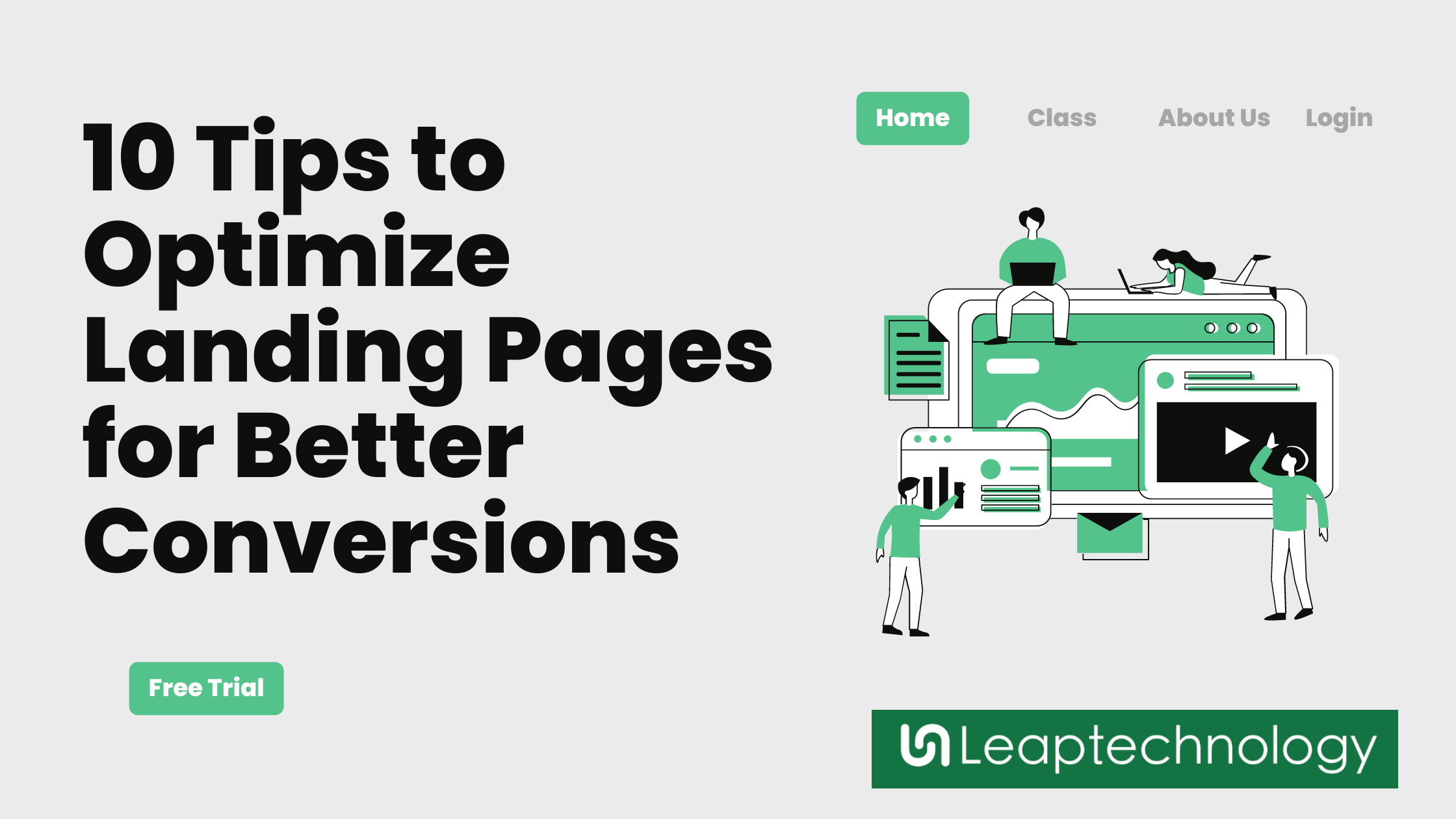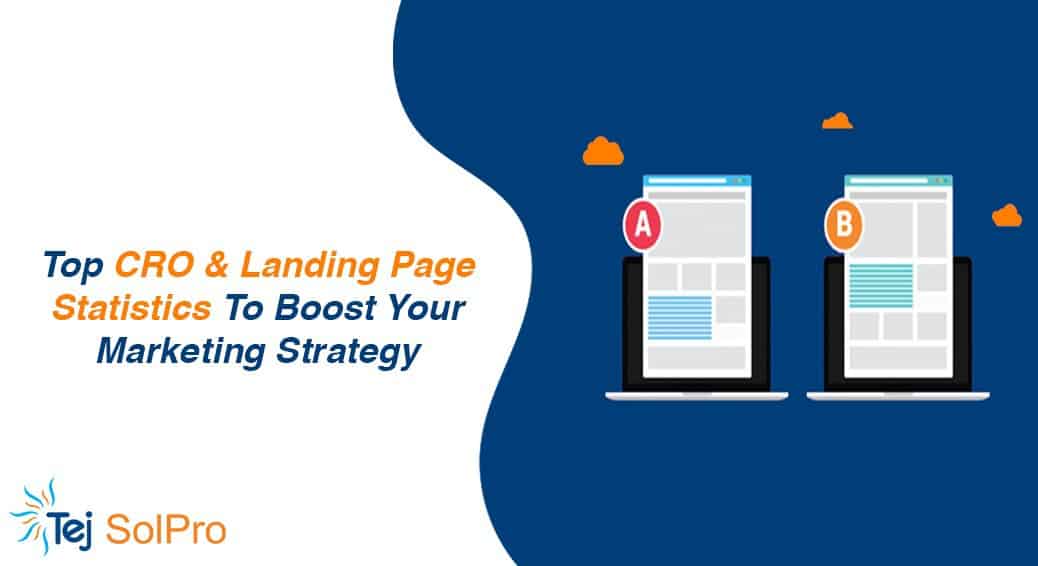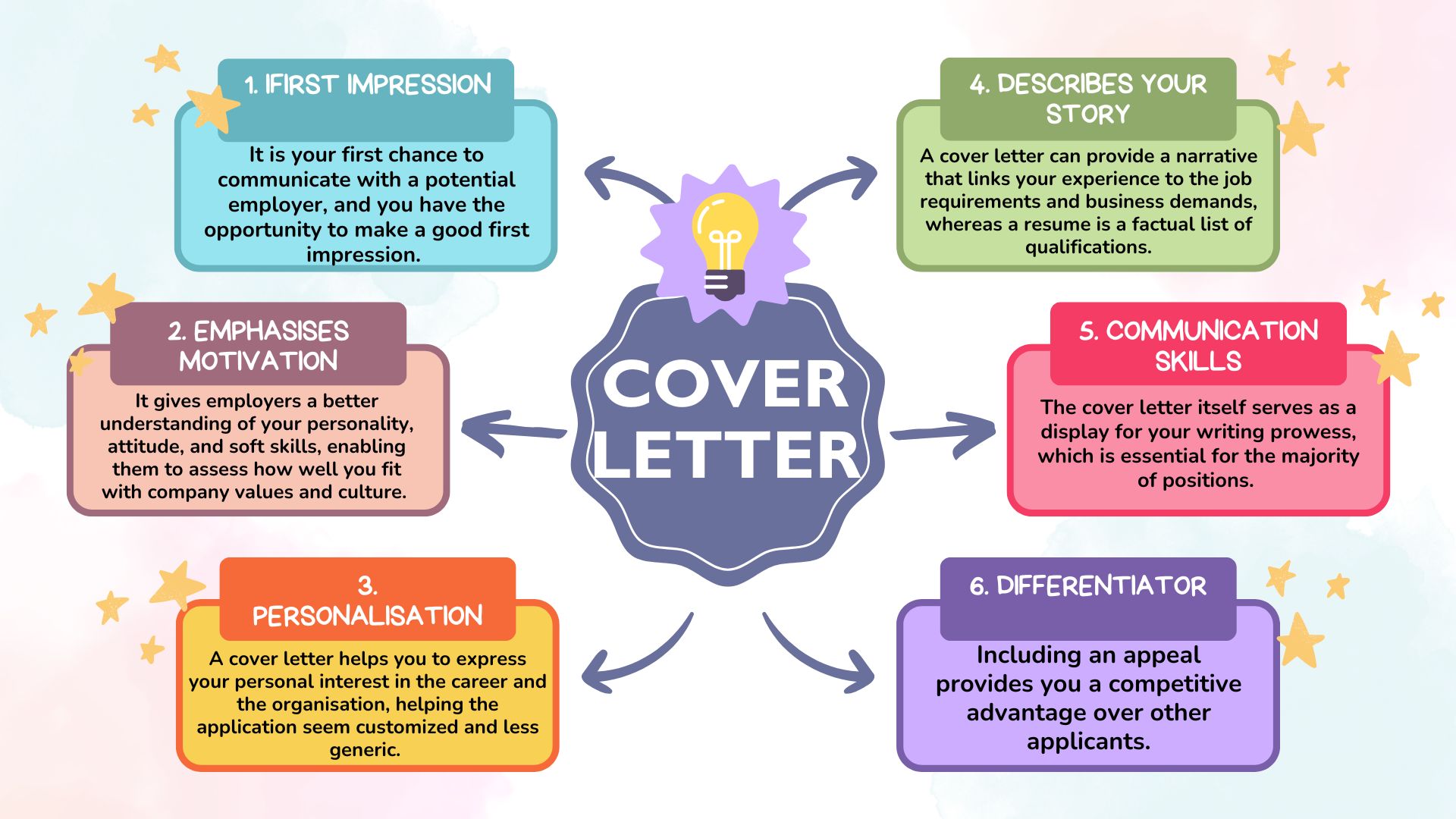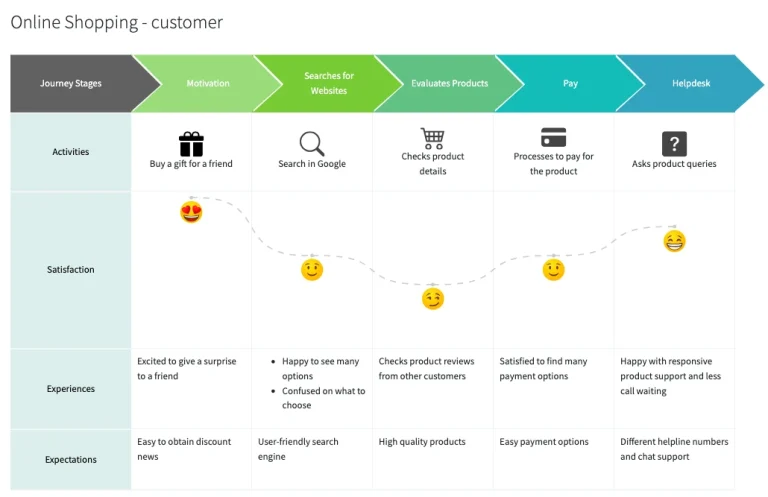
In the ever-evolving digital marketing landscape, landing pages remain a cornerstone of conversion strategies. As search engines become more sophisticated and user expectations rise, optimizing landing pages for both conversions and SEO is no longer optional—it’s essential.
This article will guide you through the most effective strategies to boost your landing page performance in 2025. Whether you’re aiming to increase lead generation, improve user engagement, or enhance your site’s visibility on search engines, this step-by-step framework will help you achieve measurable results.
What Is Landing Page Optimization and Why It Matters
Landing page optimization (LPO) refers to the process of improving the effectiveness of a landing page to convert visitors into leads or customers. It involves refining elements such as content, design, CTAs, and user experience (UX) to maximize conversions while ensuring the page aligns with SEO best practices.
With the rise of AI-driven search algorithms and mobile-first indexing, landing pages must now serve dual purposes: delivering a seamless user experience and providing value that search engines can easily index and rank. In 2025, the importance of LPO has only grown, as businesses compete for attention in an increasingly crowded online space.
According to recent data, the average landing page conversion rate is around 9.7%, but top-performing pages can exceed 15%—a significant difference that highlights the impact of optimization. By focusing on both UX and SEO, you can bridge the gap between attracting traffic and converting it into meaningful actions.
How Landing Page Optimization Impacts SEO Performance
Optimizing landing pages isn’t just about boosting conversions; it also plays a crucial role in improving your website’s SEO performance. Here’s how:
- Improved User Engagement: A well-optimized landing page keeps users engaged longer, reducing bounce rates and signaling to search engines that your content is valuable.
- Higher Dwell Time: When users spend more time on your page, search engines perceive it as high-quality content, which can positively influence rankings.
- Better Mobile Experience: With over 60% of web traffic coming from mobile devices, a mobile-optimized landing page is critical for both user satisfaction and SEO.
- Enhanced Trust Signals: Elements like social proof, trust badges, and clear CTAs not only drive conversions but also build credibility, which search engines reward with higher rankings.
Moreover, landing pages that are optimized for search intent—meaning they directly address what users are looking for—are more likely to appear in featured snippets and other prominent positions on search engine results pages (SERPs).
Step-by-Step Implementation Framework
To optimize your landing pages for conversions and SEO in 2025, follow this structured approach:
1. Define or Audit the Current Situation
Before making any changes, assess your existing landing pages. Use tools like Google Analytics, Hotjar, and SEMrush to analyze:
– Traffic sources
– Bounce rates
– Conversion rates
– User behavior patterns
– Technical performance (load speed, mobile-friendliness)
Identify pain points such as slow load times, unclear CTAs, or irrelevant content.
2. Apply Tools, Methods, or Tactics
Once you understand where your landing pages stand, implement these tactics:
- SEO Optimization: Conduct keyword research using tools like Ahrefs or SurferSEO to identify high-intent keywords relevant to your audience. Incorporate them naturally into headlines, meta descriptions, and body content.
- UX Design: Simplify navigation, reduce clutter, and ensure a clear path to conversion. Use contrasting colors for CTAs and prioritize mobile responsiveness.
- Content Strategy: Craft compelling, benefit-driven copy that speaks directly to your audience’s needs. Include testimonials, case studies, and trust signals to build credibility.
- A/B Testing: Experiment with different versions of your landing page elements (headlines, CTAs, visuals) to determine what works best. Tools like Optimizely or VWO can help you run effective tests.
3. Measure, Analyze, and Optimize
After implementing changes, track their impact using analytics tools. Monitor key metrics such as:
– Conversion rate
– Bounce rate
– Average session duration
– Click-through rate (CTR)
– Page load speed
Use this data to refine your strategy continuously. For example, if a new CTA increases conversions by 20%, consider testing similar variations to further boost performance.
Real or Hypothetical Case Study
Let’s look at a hypothetical scenario involving a SaaS company that wants to improve its lead generation through landing page optimization.
Background: The company runs a landing page for a project management tool. Despite receiving consistent traffic, the conversion rate remains below average at 8%.
Action Taken:
– Conducted keyword research and optimized the page for terms like “best project management software.”
– Simplified the layout and added a single, prominent CTA.
– Included customer testimonials and a video demo.
– Improved page load speed by compressing images and leveraging browser caching.
Results:
– Conversion rate increased to 14% within three months.
– Bounce rate dropped from 65% to 40%.
– Organic traffic grew by 25% due to improved SEO.
This case study demonstrates how a combination of UX improvements and SEO optimization can significantly boost landing page performance.
Tools and Techniques for Landing Page Optimization
Here are some of the most effective tools to help you optimize your landing pages:
- SurferSEO – For keyword clustering, semantic scoring, and content optimization.
- Google Analytics – To track user behavior, conversion rates, and traffic sources.
- Hotjar – For heatmaps, session recordings, and user feedback.
- Unbounce – A powerful landing page builder with A/B testing capabilities.
- Optimizely – For advanced A/B testing and personalization.
- GTmetrix – To analyze and improve page load speed.
These tools can help you make data-driven decisions and streamline the optimization process.
Future Trends and AI Implications
As we move into 2025, several trends are shaping the future of landing page optimization:
- AI-Powered Personalization: Search engines and marketers alike are leveraging AI to deliver hyper-personalized experiences. Landing pages that adapt to user behavior and preferences will see higher engagement and conversion rates.
- Voice and Multimodal Search: With the rise of voice assistants and visual search, landing pages must be optimized for natural language queries and rich media content.
- Core Web Vitals: Google continues to prioritize user experience, so ensuring fast load times, interactivity, and visual stability will be more important than ever.
To stay ahead, focus on building landing pages that are not only optimized for search engines but also designed to provide a seamless, engaging experience for users.
Key Takeaways
- Optimize for Both Conversions and SEO: A successful landing page must balance user experience with search engine visibility.
- Focus on UX: A clean, intuitive design with clear CTAs and fast load times improves both conversions and rankings.
- Use Data-Driven Insights: Regularly analyze performance metrics to identify areas for improvement.
- Leverage AI and Automation: Tools like AI-powered personalization and A/B testing can give you a competitive edge.
- Stay Ahead of Trends: Keep up with evolving search algorithms and user behaviors to maintain a strong online presence.
By implementing these strategies, you’ll not only boost your landing page conversions but also position your business for long-term success in the digital marketplace.
Meta Title: How to Optimize Landing Pages for Conversions and SEO in 2025
Meta Description: Discover proven strategies to boost landing page conversions and SEO in 2025. Learn how to optimize for user experience, search intent, and mobile performance.
SEO Tags (5): landing page optimization, conversion rate, SEO strategies, user experience, A/B testing
Internal Link Suggestions:
– [Parameter #2: Understanding the Impact of Voice Search on SEO]
– [Parameter #3: Mastering Core Web Vitals for Better Rankings]
– [Parameter #4: The Role of E-E-A-T in Modern SEO]
External Source Suggestions:
– https://www.surferseo.com
– https://analytics.google.com
– https://www.hotjar.com











